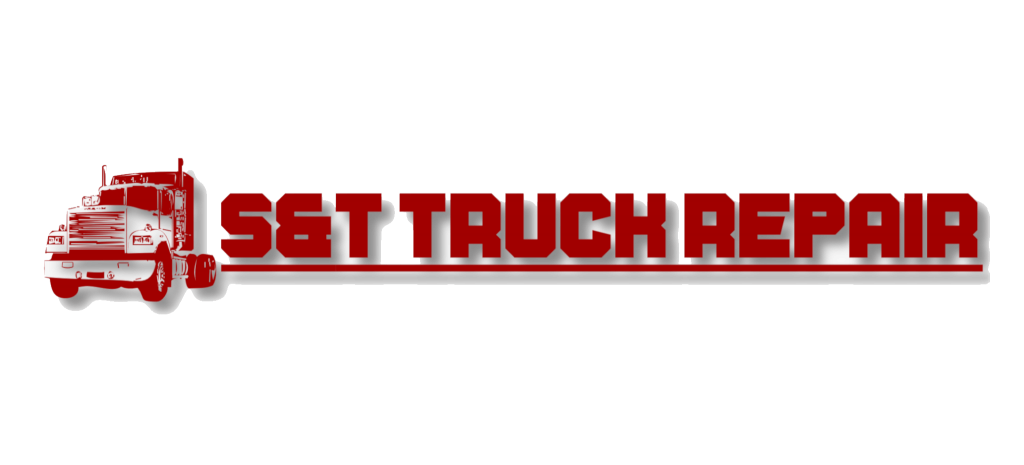Your truck’s braking force should be distributed evenly between the left and right wheels. In other words, each side should be exerting the exact same amount of stopping force. An unequal balance will cause your truck to pull toward one side when you apply the brakes. You may find yourself actively compensating for this pull with the steering wheel.
Such imbalance may stem from a number of causes. Brake imbalance may indicate that one or more of your brake drums have become glazed. Glazed drums are too smooth to provide the necessary friction for stopping. Drums often become glazed as the result of overheating during periods of intense use, such as when descending downhill.
Braking imbalance can also indicate problems with the hoses and/or fittings running between the brake chambers and the valves. Mismatched parts are often at the cause of hose and fitting problems. If any of the hoses have a different diameter, for instance, the hose will not exert the same amount of force, which represents a fairly common problem on trucks whose brake assemblies have had overhauls in the past.
Don’t worry too much about trying to figure out the exact cause of the imbalance; an expert can take care of that for you. Instead, take note of the circumstances under which the imbalance becomes most noticeable by taking the following factors into account:
